
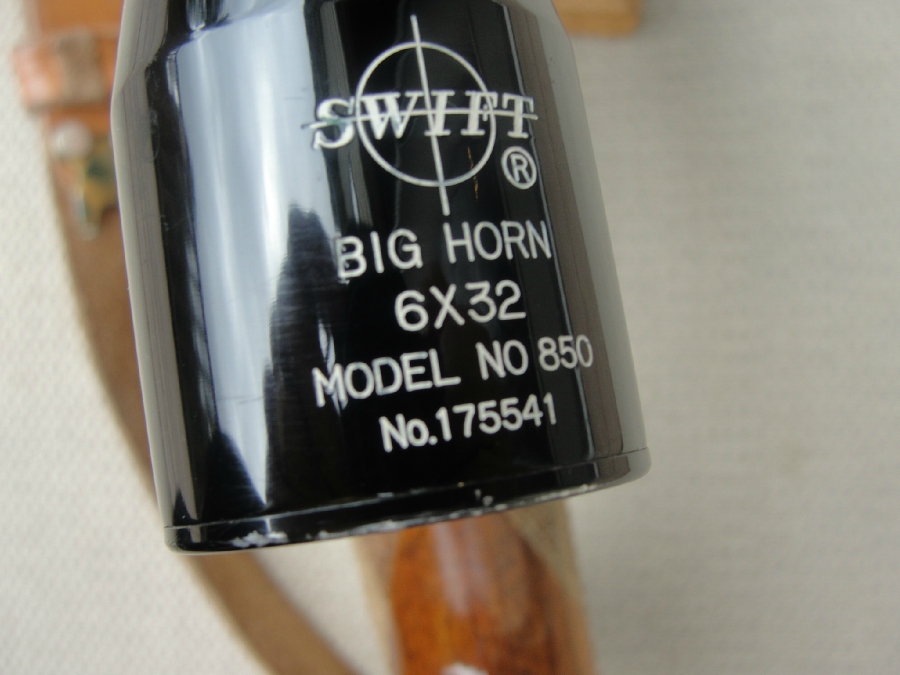

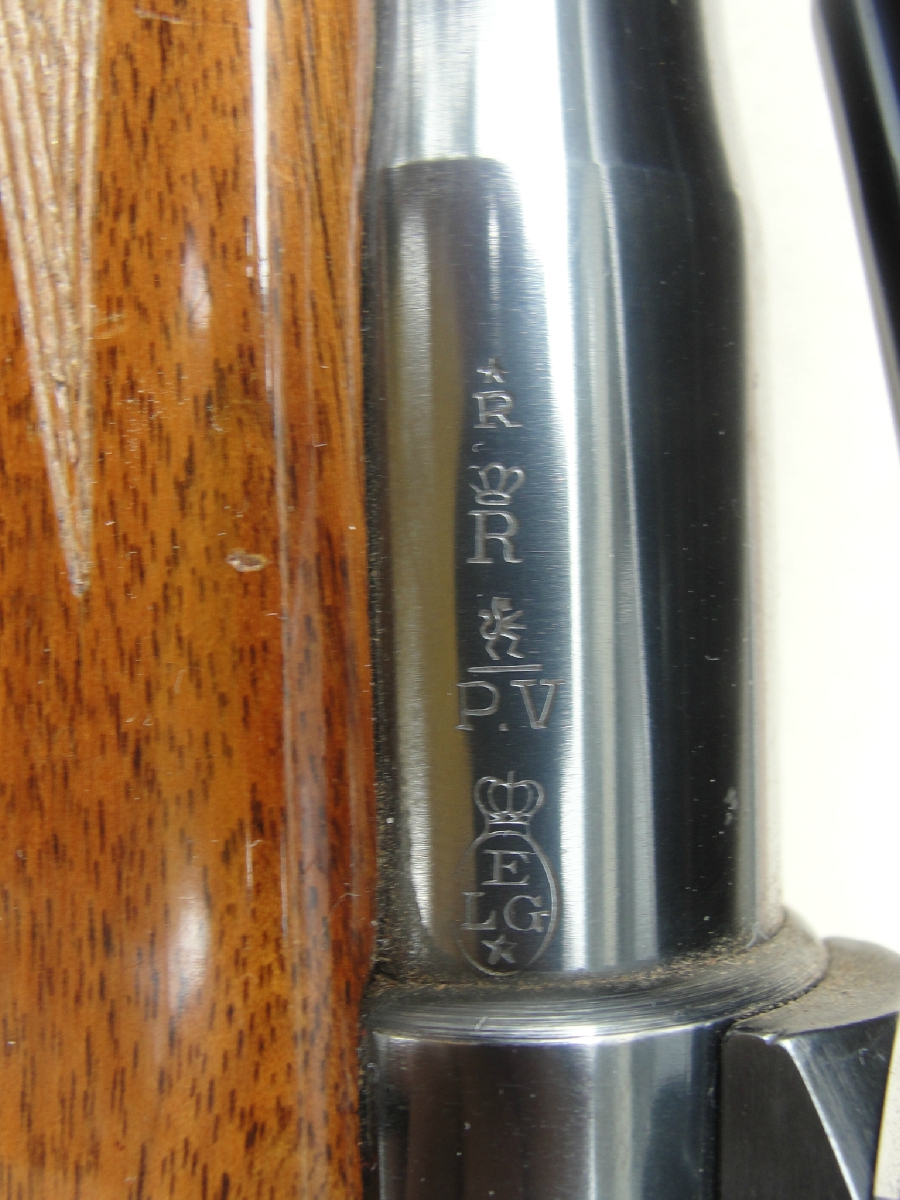
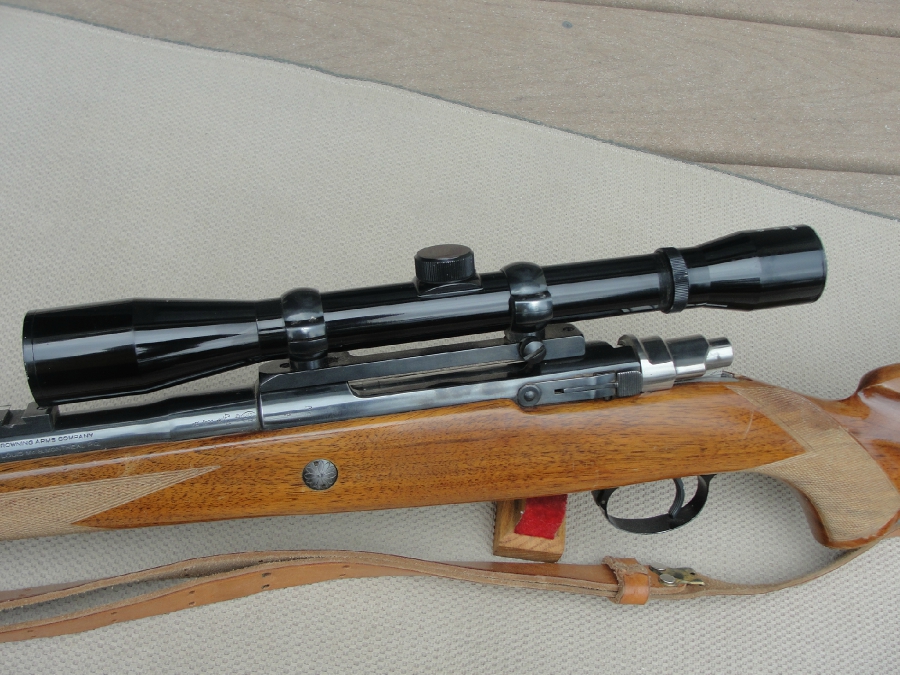
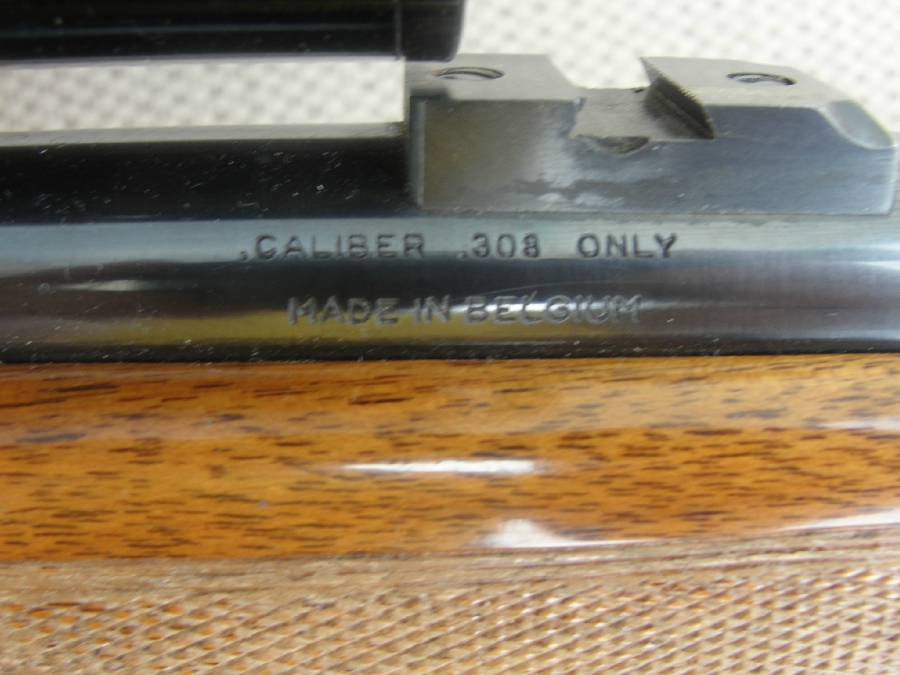
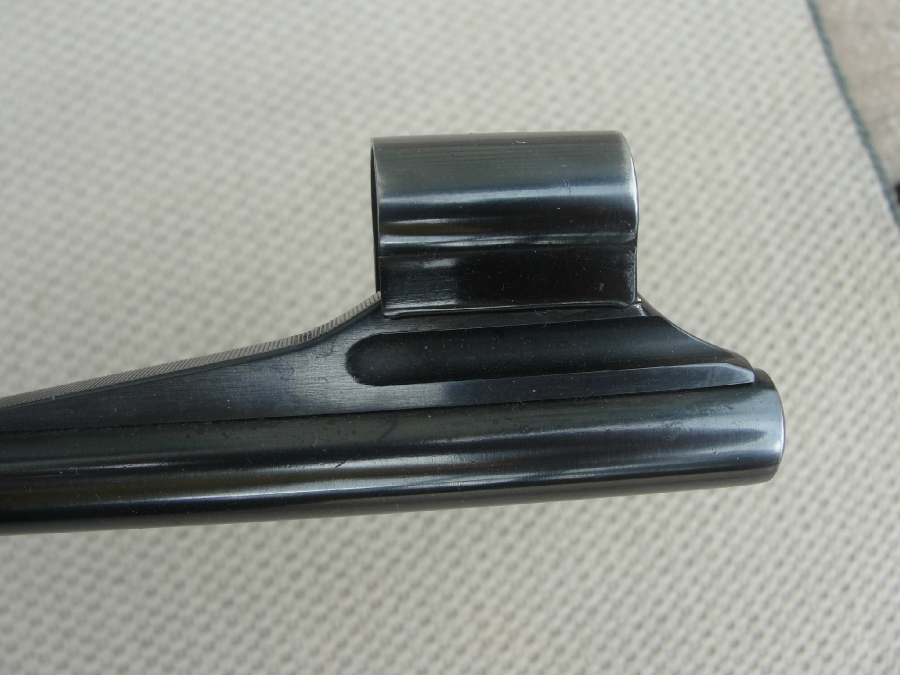
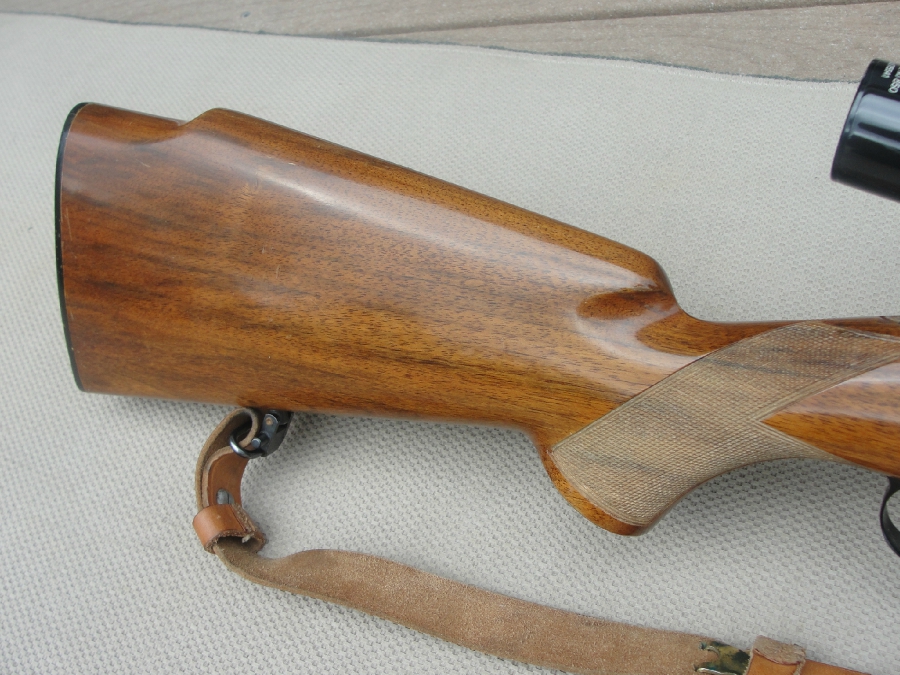
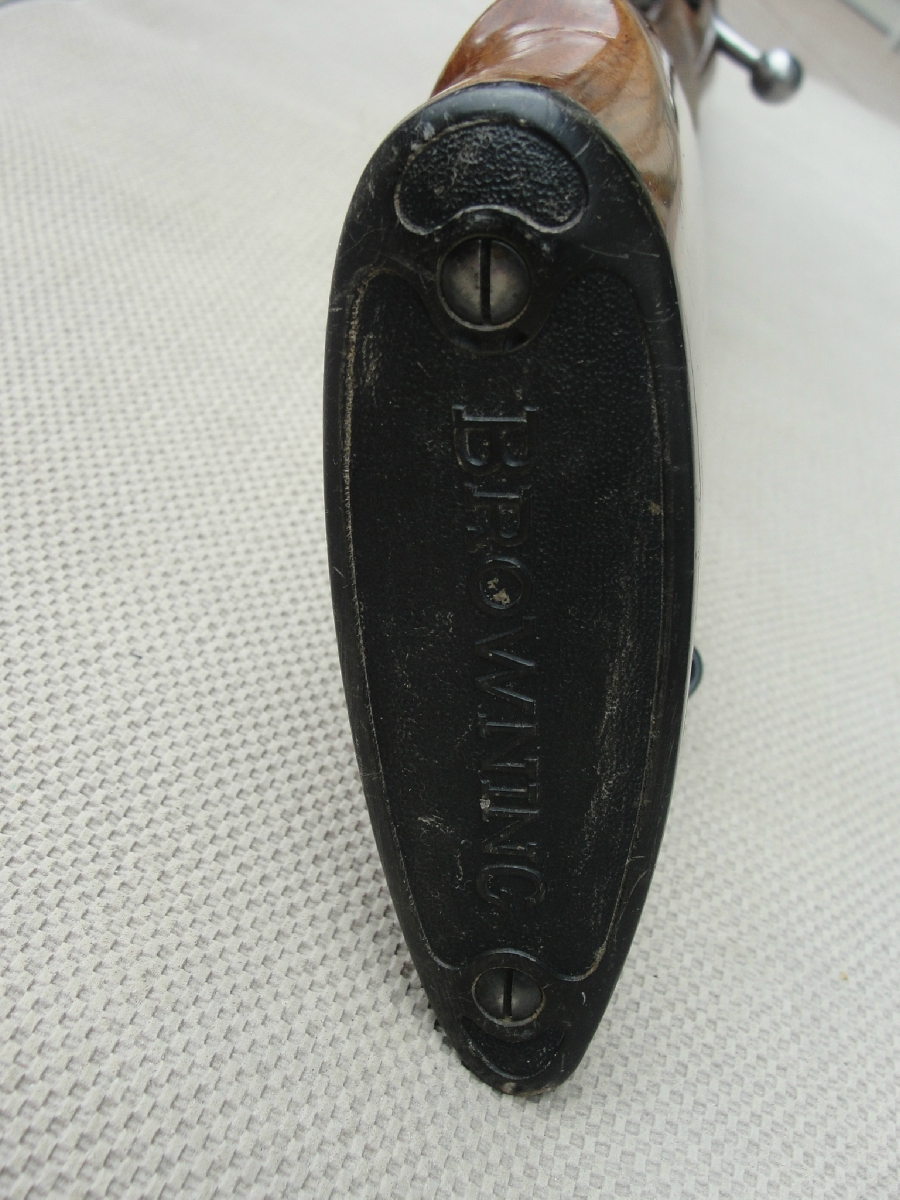
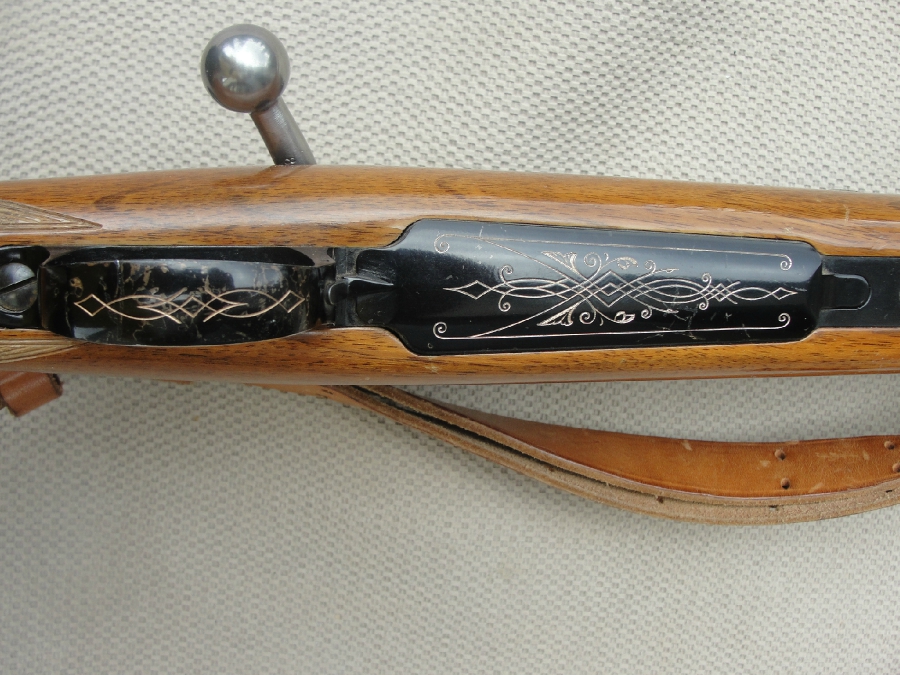










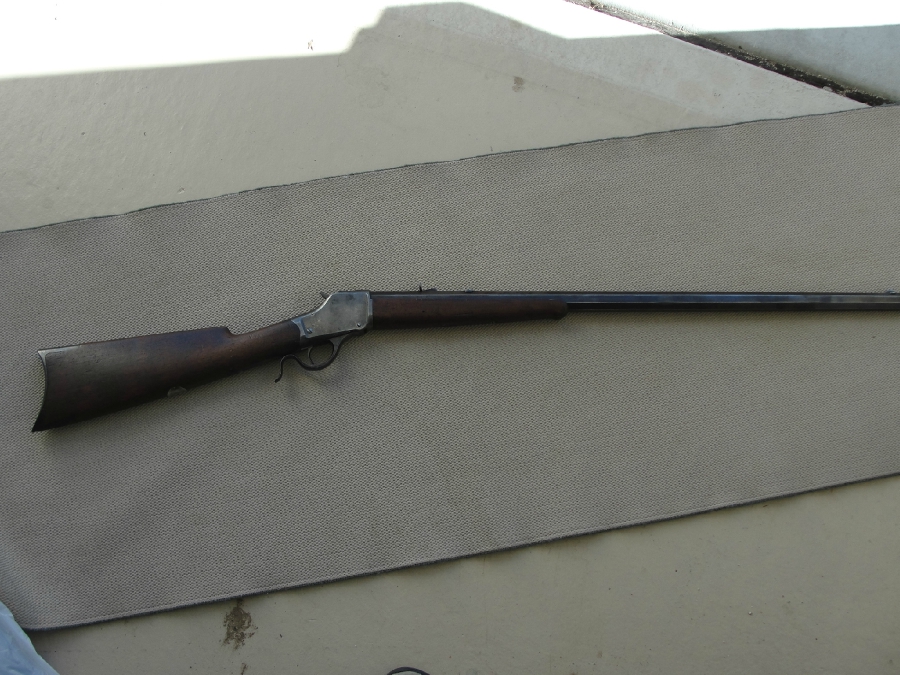
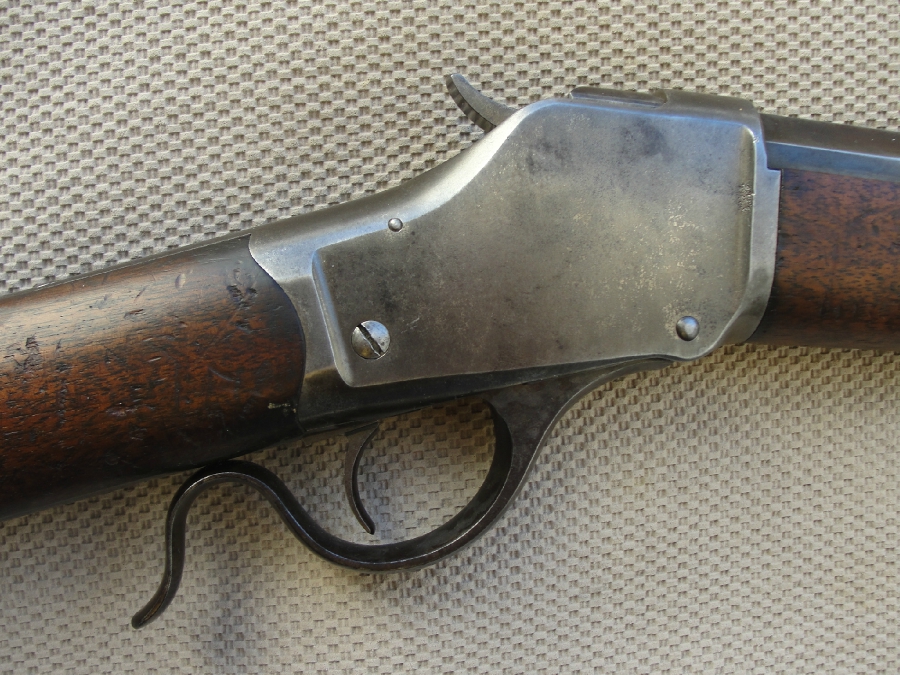
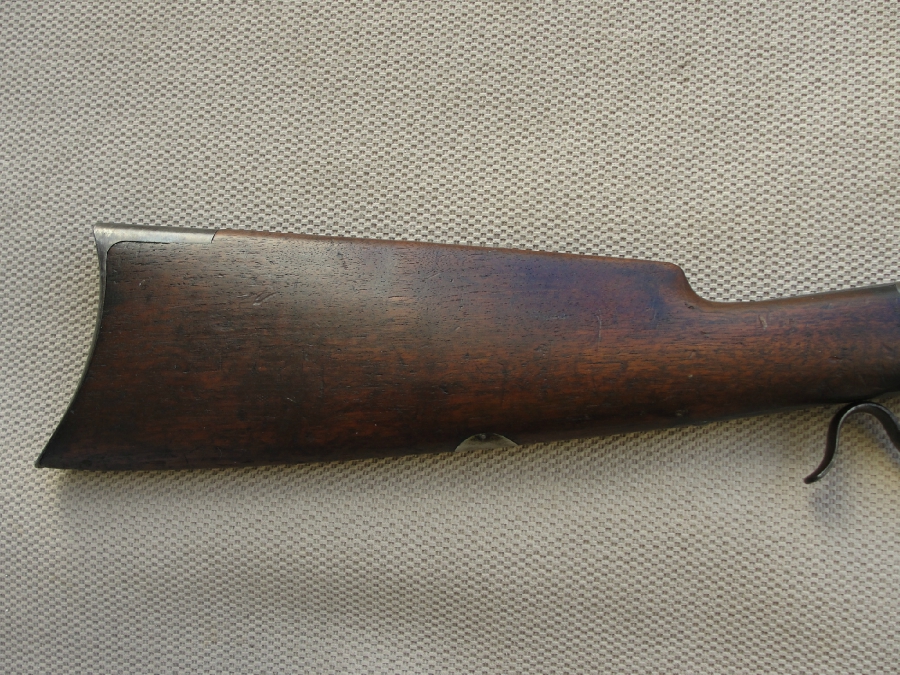
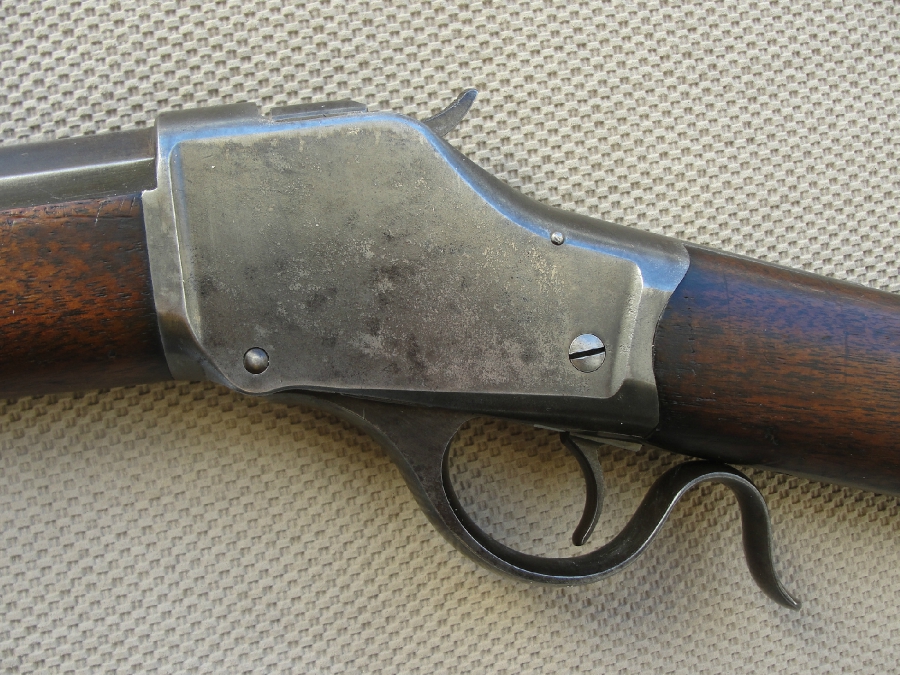
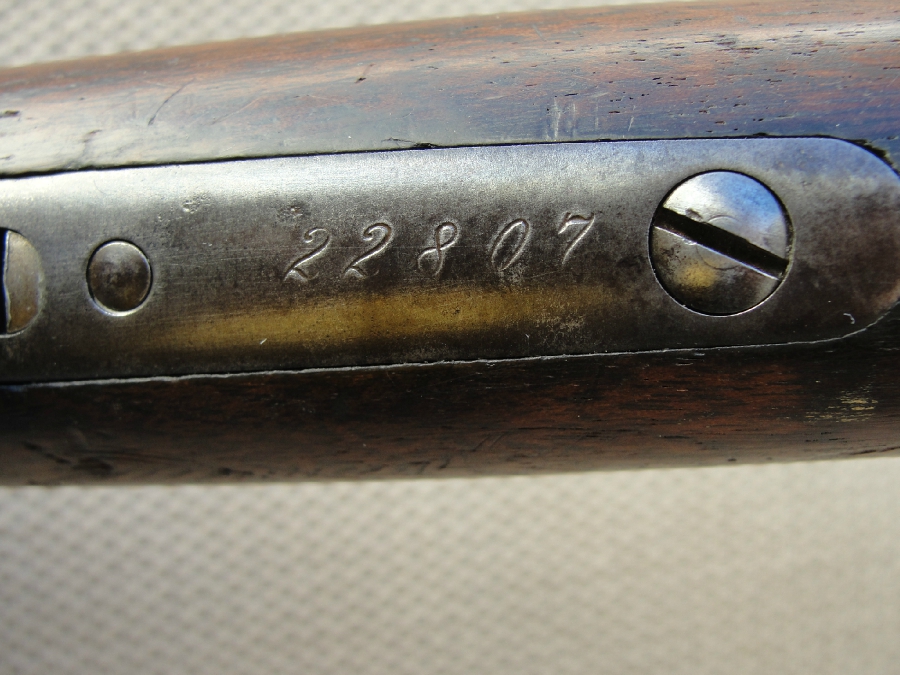

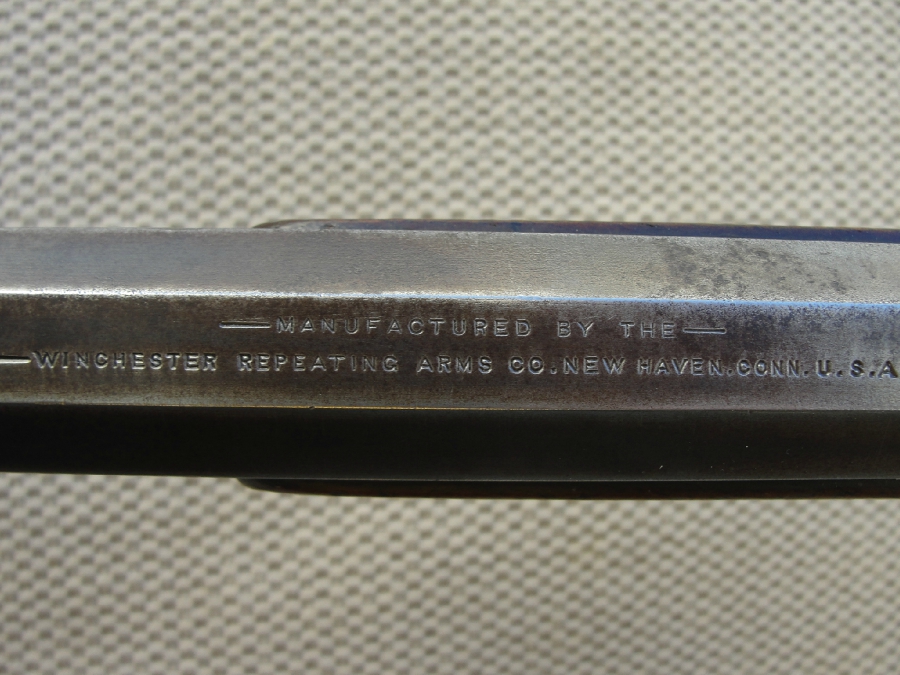
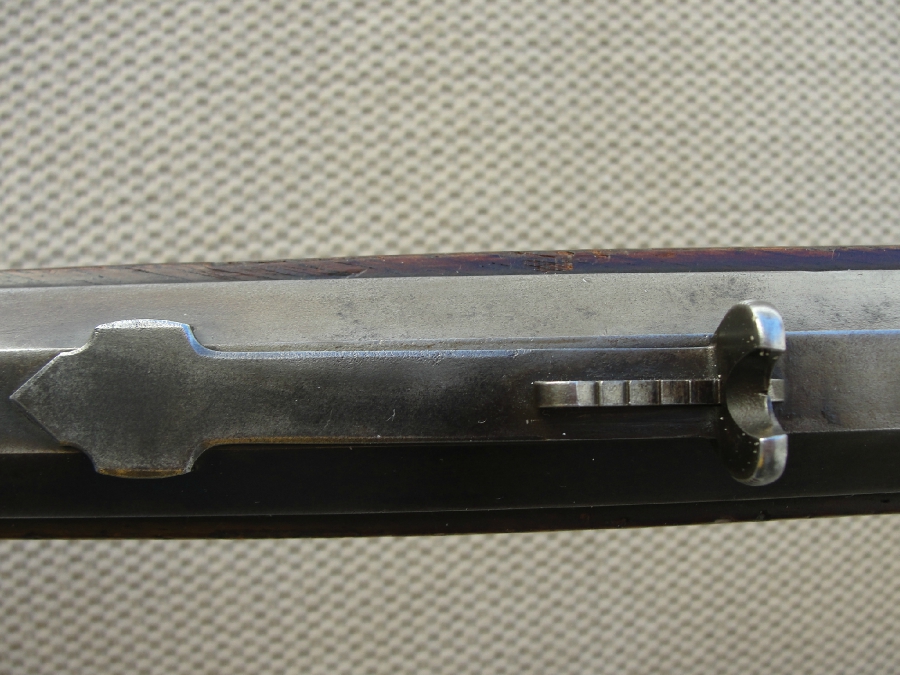
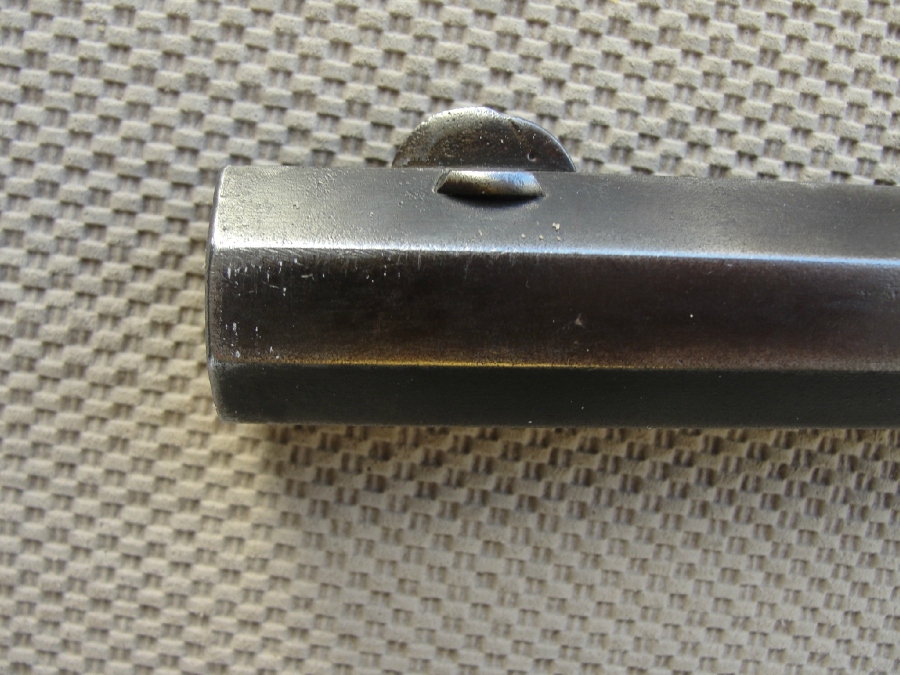
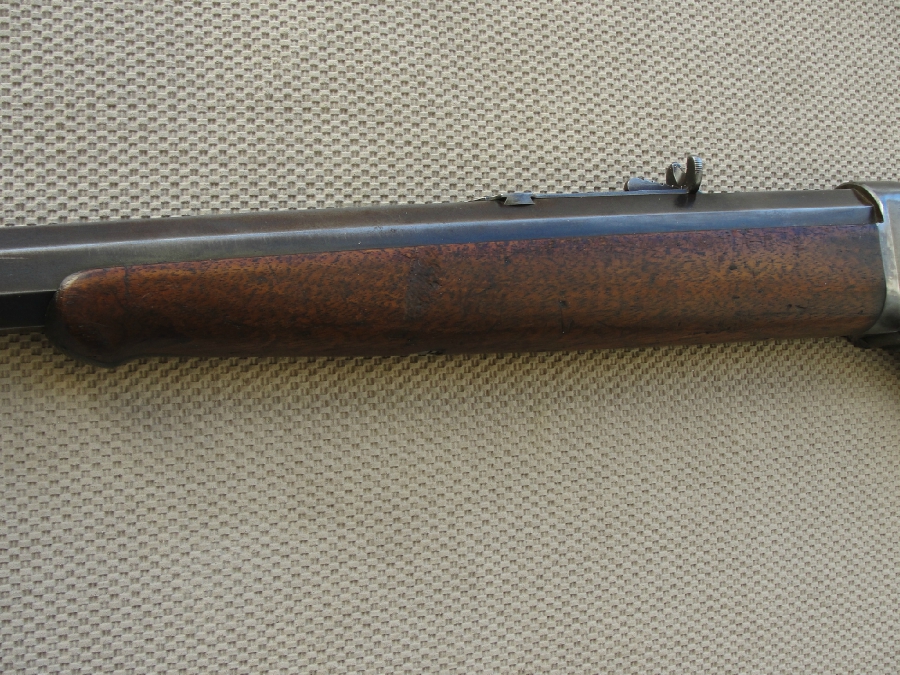
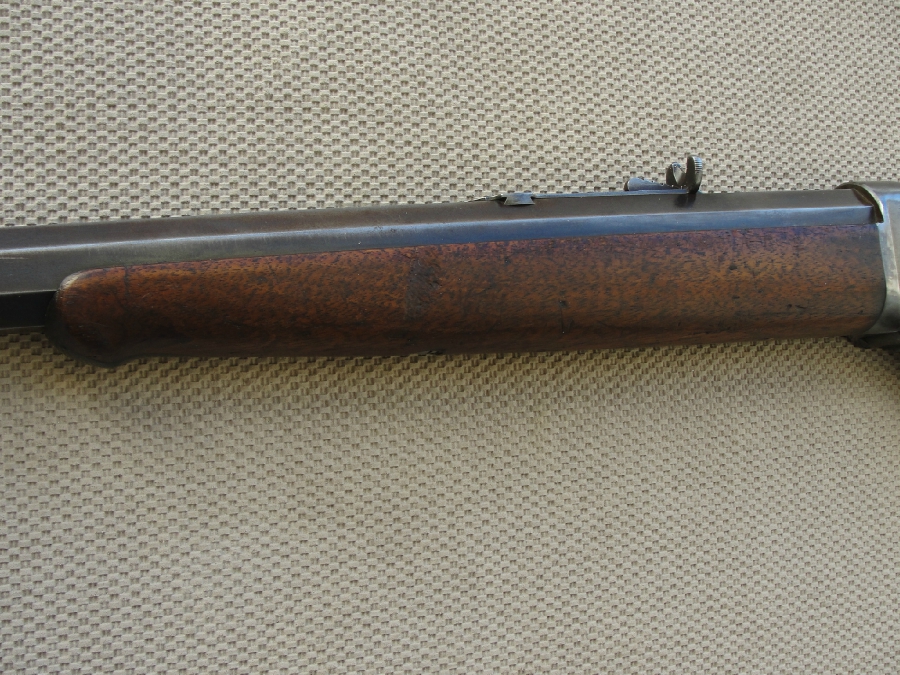
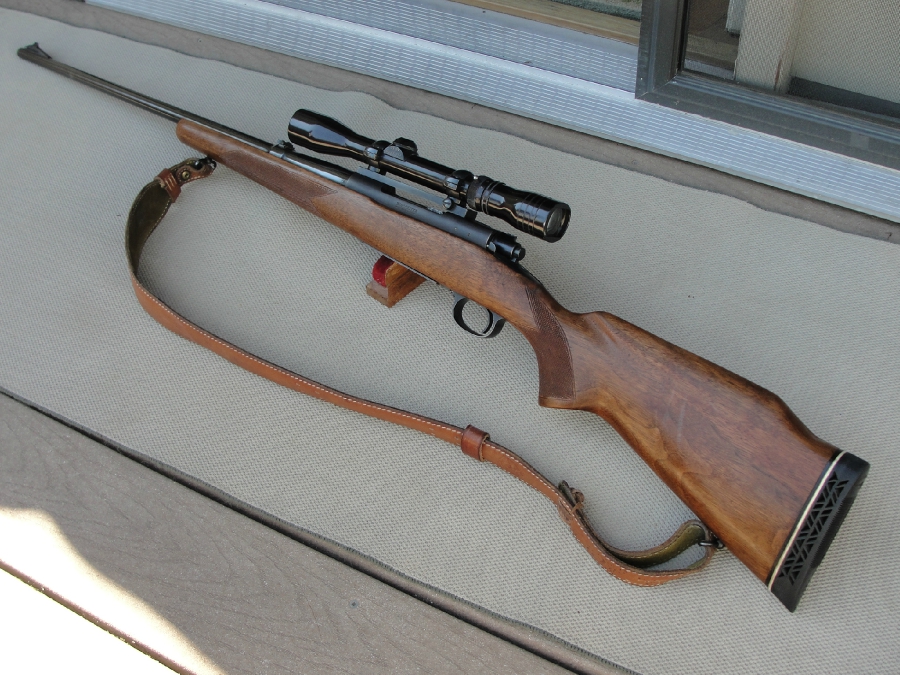

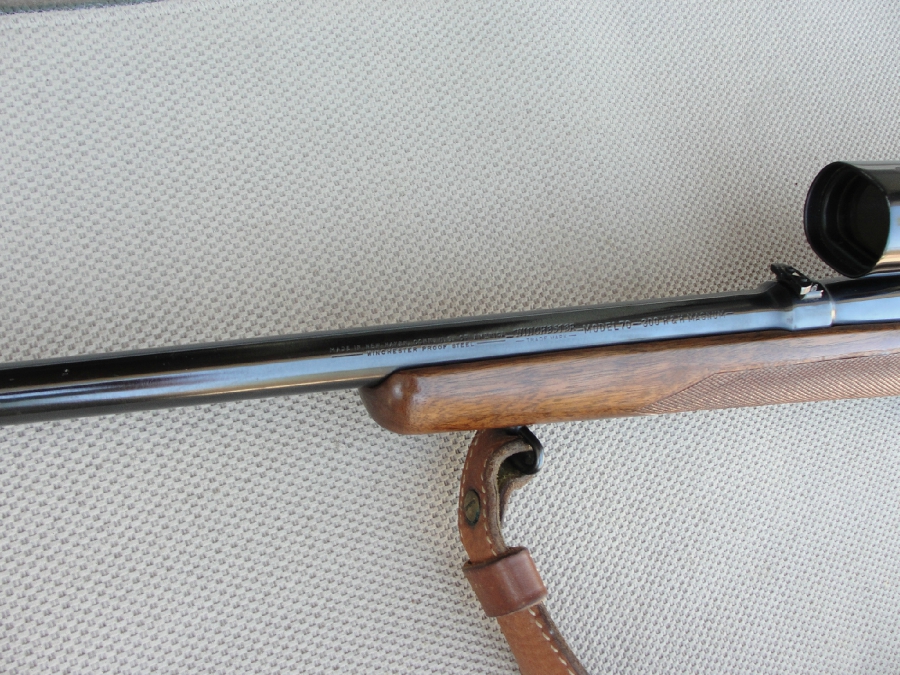

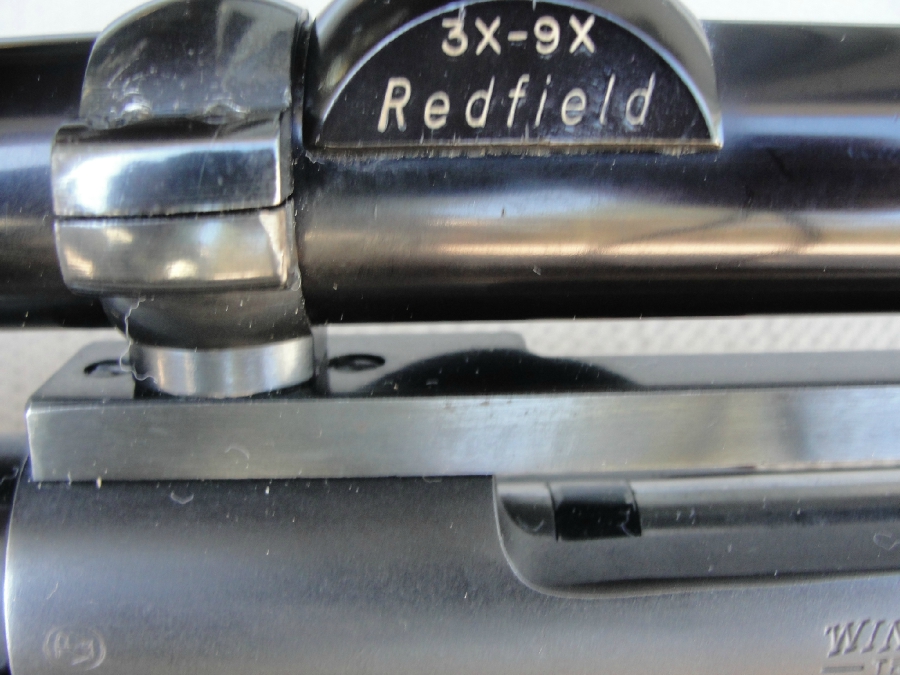
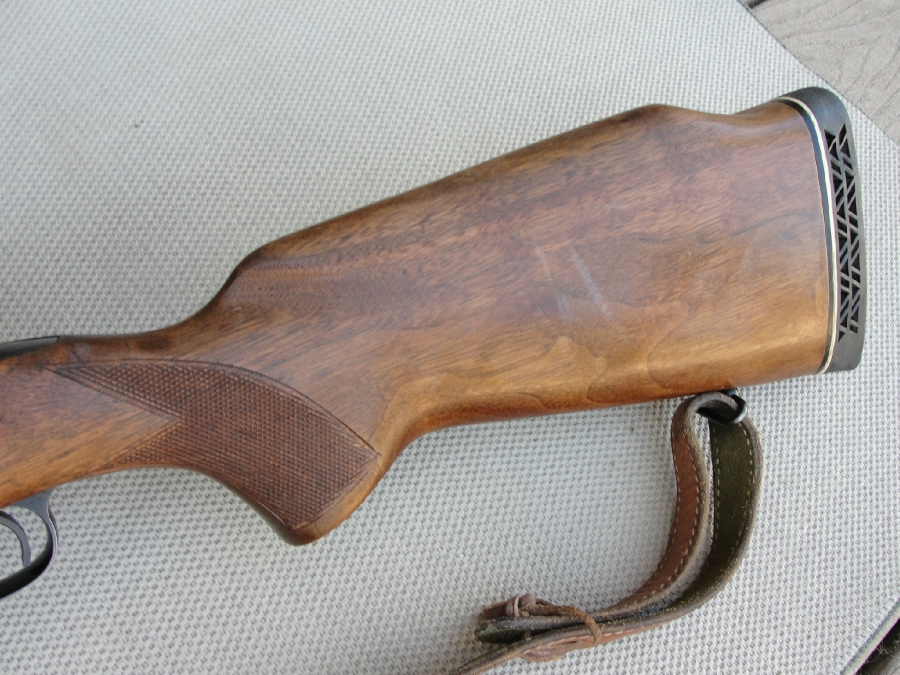
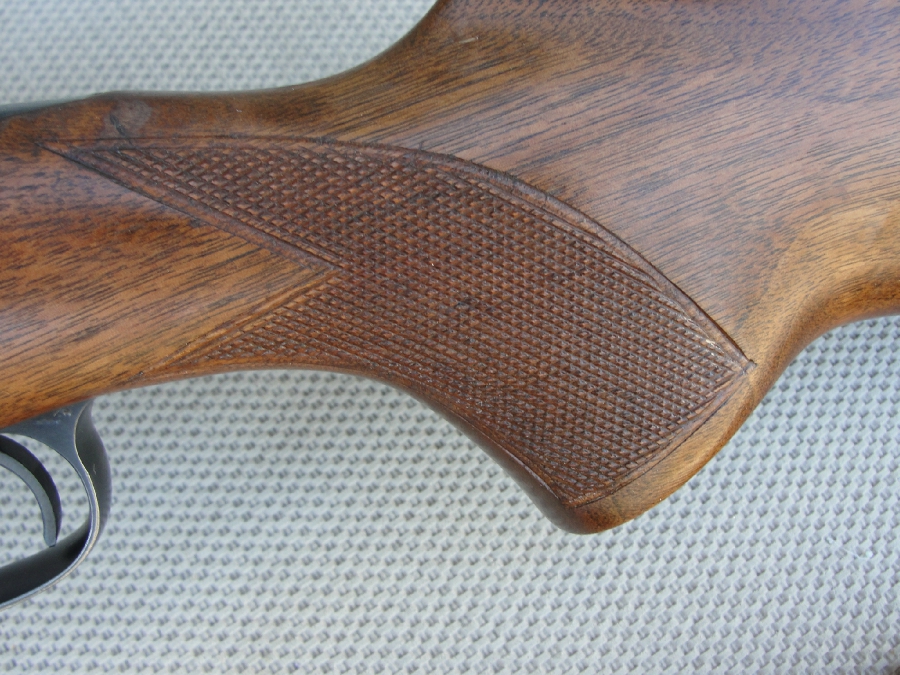

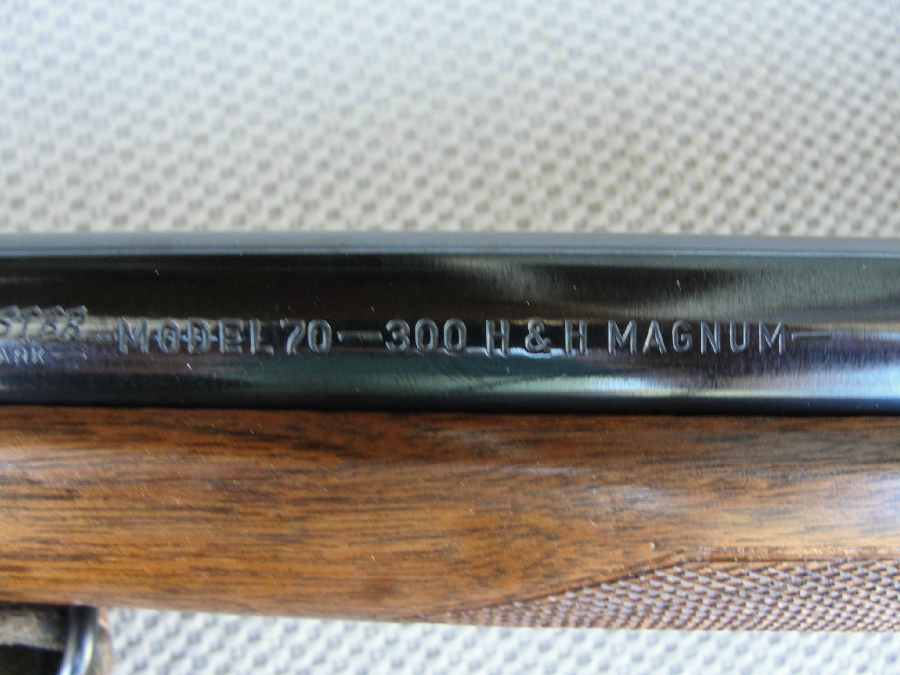
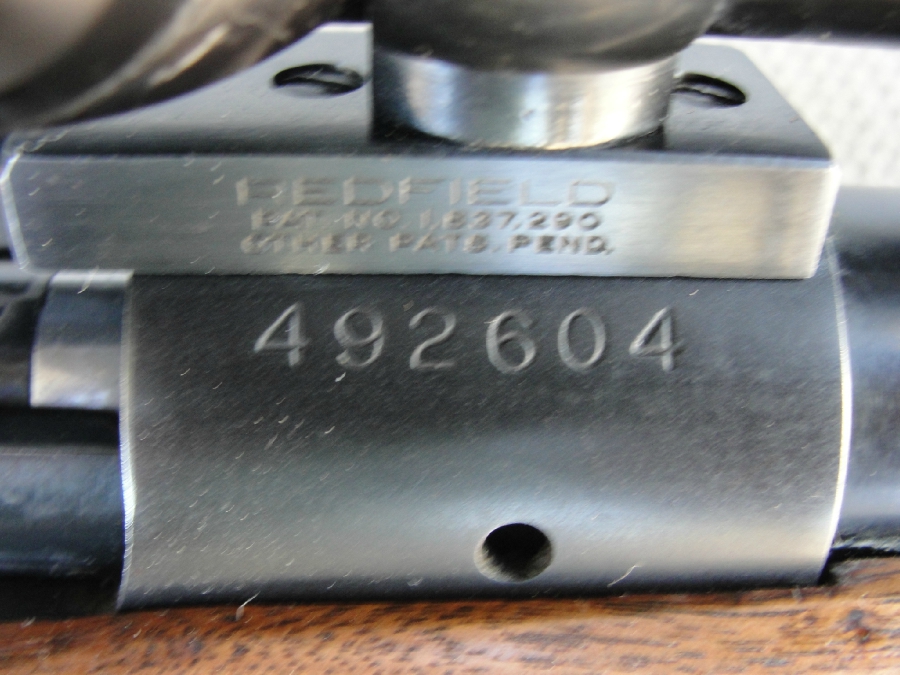
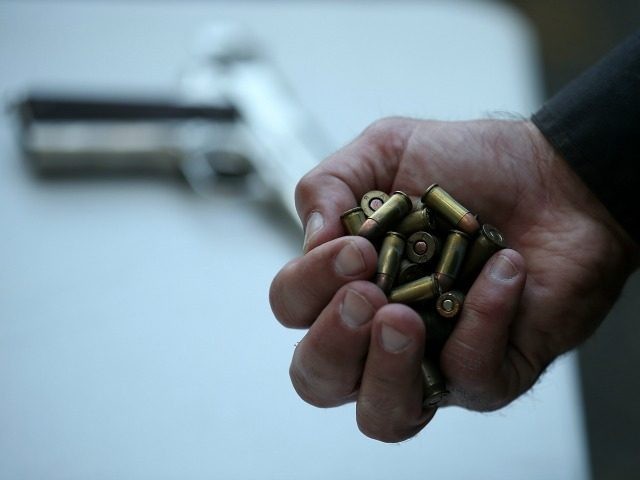
On December 13, 2017, Breitbart News reported that California’s war on guns was about to expand to a war on ammunition, and January 1 marks the day that the war on ammunition begins.
Currently, law-abiding Californians must buy their ammunition from a licensed in-state ammunition dealer. This means that Californians who buy ammunition online must have that ammo shipped to a licensed in-state dealer and pay that dealer a fee when picking up the ammo.
These controls immediately lessen the supply of ammunition, thereby driving up the price for those who demand it. Also, these controls set the stage for phase two of ammunition control, which will consist of requiring a point-of-sale background check for ammunition purchases starting January 1, 2019. The point-of-sale background check will also carry a processing fee, which will drive the price of ammunition even higher.
P.S. DO YOU WANT MORE ARTICLES
LIKE THIS ONE DELIVERED RIGHT TO YOUR INBOX?
SIGN UP FOR THE DAILY BREITBART NEWSLETTER.
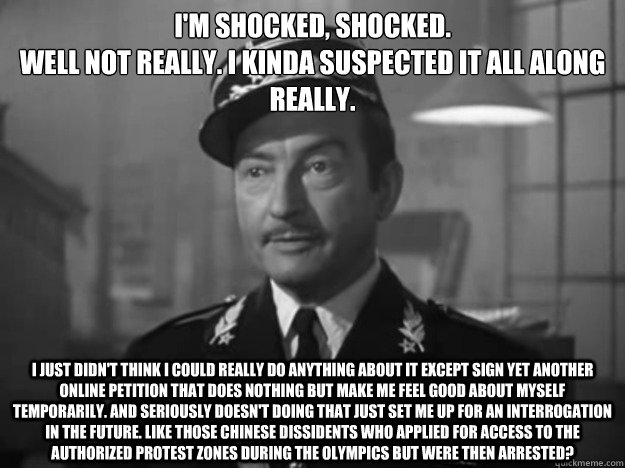
Three cities are suing the Department of Justice for its management of the FBI’s background check system.
New York, Philadelphia and San Francisco filed the lawsuit this month claiming that the Nov. 5 church shooting in Sutherland Springs, Texas, “could, and should, have been prevented.”
The deranged lunatic who shot and killed 26 people had a documented history of domestic violence while serving in the Air Force. He should have been listed in the FBI’s National Instant Criminal Background Check System (NICS) as a “prohibited person.”
However, the Air Force failed to turn those records over to NICS. Since those records were not reported, the killer was able to purchase the rifle he used in the attack from a gun store in San Antonio.
The lawsuit “seeks narrowly-tailored injunctive relief to make certain that never happens again.”
Attorney General Jeff Sessions has already ordered the FBI and ATF to do “a comprehensive review of the NICS.” But those municipalities believe the internal audit is not enough. They want an independent third party to get involved to ensure compliance and establish a timetable for completion.
“The national criminal background check system is the backbone of common-sense gun regulations,” San Francisco City Attorney Dennis Herrera said in a statement.
“The Defense Department’s failure to fulfill its legal duty and accurately report criminal convictions puts innocent Americans at risk,” he continued “It is past time to ensure that we’re doing everything we can to keep guns out of the wrong hands.”
The lawsuit comes on the heels of a “Fix NICS” bill that was added to the Concealed Carry Reciprocity Act of 2017. The House voted to pass the legislation earlier this month.
It seems that the holes in NICS are obvious enough to everyone at this point. Though, a word of caution to those who view a “fixed” NICS as a panacea for gun violence. It won’t be. Relying on a government system to keep you safe is like relying on the mainstream media to tell you the truth. In either case, you better have a backup plan.
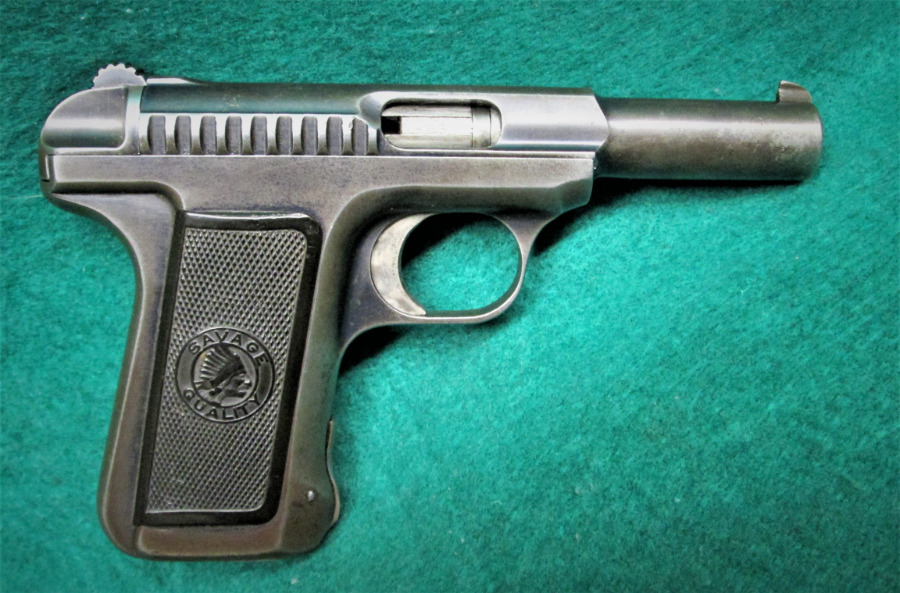
Back when this pistol came out early in the 20th Century. It must of turned some heads. Especially since the idea of a viable semi automatic pistol was a brand new idea.
Especially since a lot of folks were packing Colt SAA or the new double action revolvers.
But I guess that these times really were revolutionary! Because the Colt 1911 was coming soon for the US Military at this time. Where it beat out the other Savage Semi Auto only a few years later on.
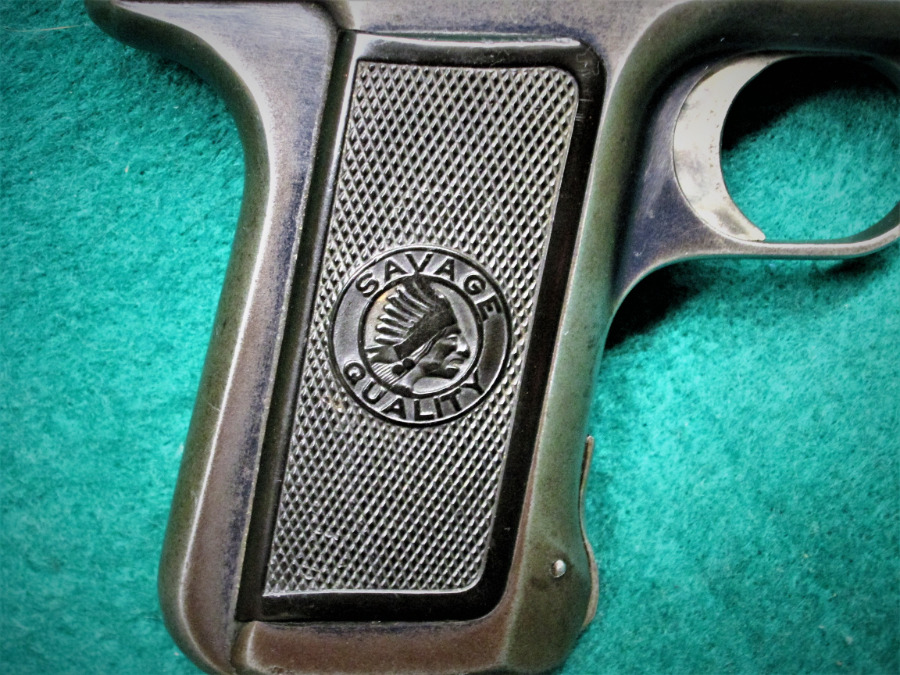
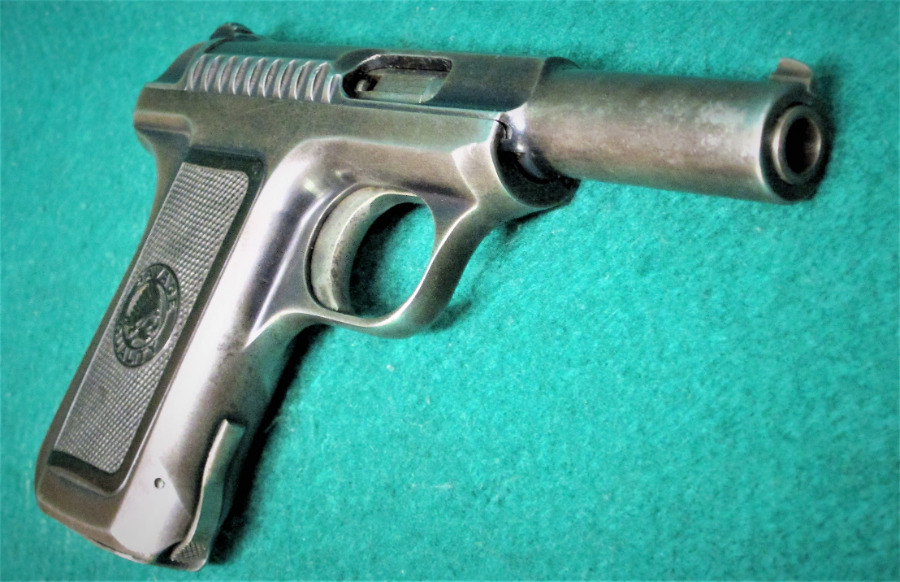

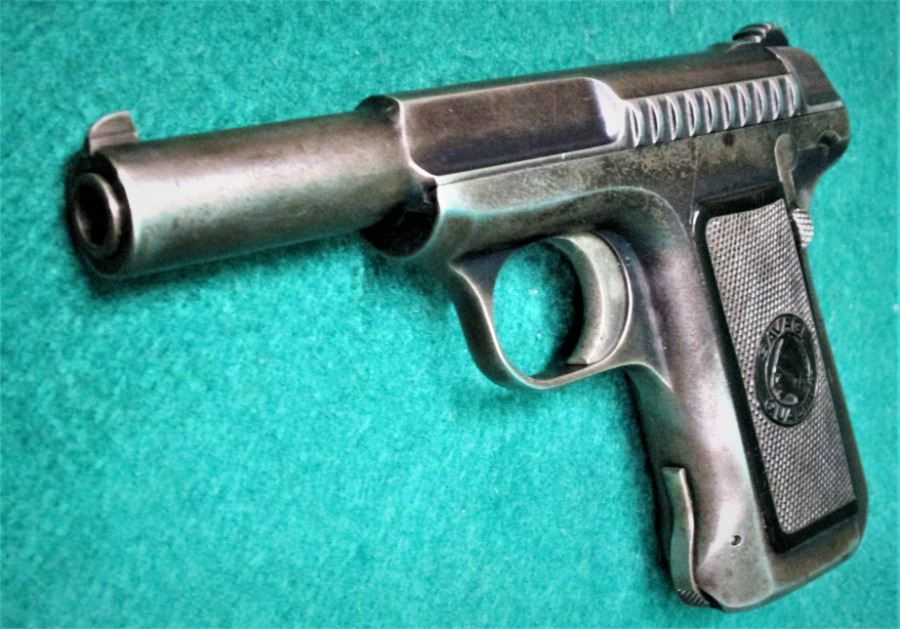

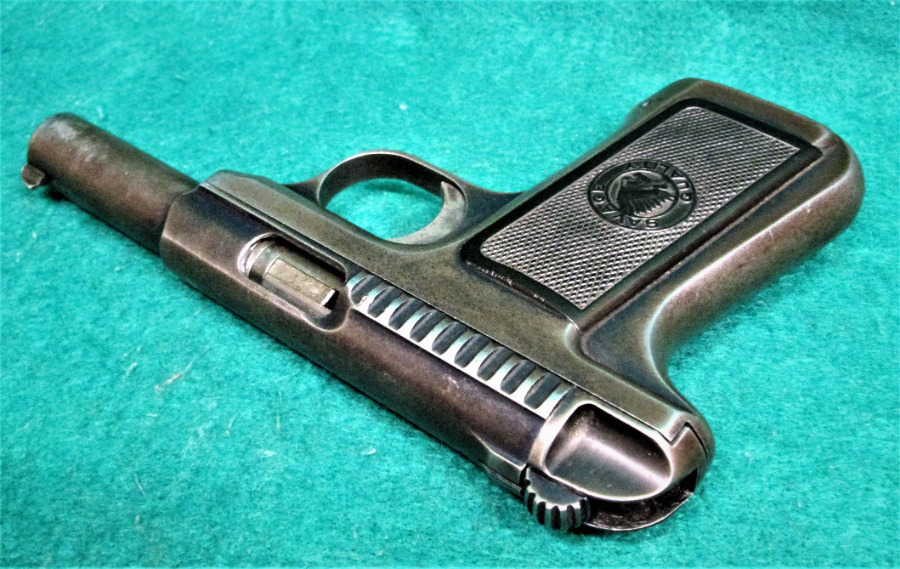
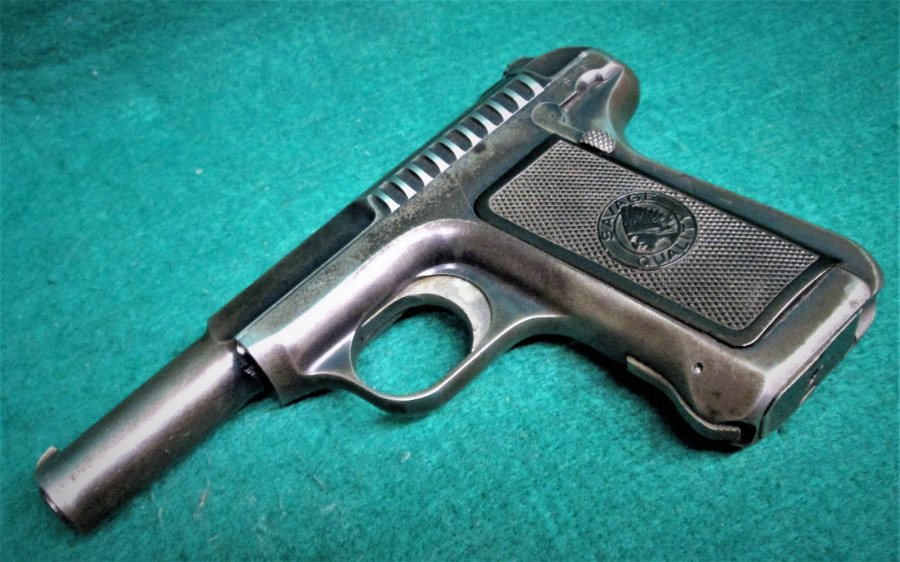
| Savage Automatic Pistol Model 1907 | |
|---|---|

Savage Model 1907
|
|
| Type | Semi-Automatic Pistol |
| Place of origin | United States |
| Service history | |
| Used by | United States (trials pistol only) France Portugal |
| Wars | World War I |
| Production history | |
| Designer | Elbert Searle |
| Designed | 1905 |
| Manufacturer | Savage Arms, Utica, New York |
| Produced | 1907–1920 (Model 1907) 1915–1917 (Model 1915) 1920–1928 (Model 1917) |
| Variants | Model 1907 .45 ACP Trials Pistol, Model 1915, Model 1917 |
| Specifications | |
| Weight | 0.6 kg / 19 ounces |
| Length | 165 mm / 6.5 inches |
| Barrel length | 95 mm / 3.75 inches |
|
|
|
| Caliber | .32 ACP (7.65×17mm) .380 ACP (9×17mm) .45 ACP (11.43×23mm; Trials Pistol only) |
| Action | delayed blowback |
| Muzzle velocity | 244 m/s (.32 ACP) |
| Feed system | Detachable box magazine: 10 rounds (.32 ACP) 9 rounds (.380 ACP) 8 rounds (.45 ACP Trials Pistol) |
| Sights | Iron, fixed |
The Savage Model 1907 is a semi-automatic pocket pistol produced by the Savage Arms Company of Utica, New York, from 1907 until 1920 in .32 ACP and from 1913 until 1920 in .380 ACP caliber. Although smaller in size, it is derived from the .45 semi-automatic pistol Savage submitted to the 1906-1911 US Army trials to choose a new semi-automatic sidearm. After several years of testing the Savage pistol was one of two finalists but ultimately lost to the Colt entry, which became famous as the Colt Model 1911. 181 of these .45 ACP pistols were returned to Savage after the testing and sold on the civilian market.[1]
[hide]
The Model 1907 is often erroneously called a Model 1905 because of the date Nov. 21, 1905 date stamped into the top of the slide on all Savage semi-automatic pistols. This is the date Elbert Searle was awarded one of his firearm patents, which were the design basis for all the Savage semi-automatic pistols.
Advertised with the slogan “Ten shots quick!”, the Model 1907 was very popular because, despite its small size, it had a 10-round double-stack magazine. The advertising included a number of early celebrity endorsers, including William “Buffalo Bill” Cody, Bat Masterson, and the Pinkerton Agency. Teddy Roosevelt was even presented with a Model 1907. Much of the advertising in the popular press played on the ability of an otherwise defenseless woman to use the Savage to subdue burglars and “tramps.”
A safety lever is located on the left side of the pistol, at the upper rear of the grip. Though it appears to have an external hammer, it is actually a striker-fired gun; the “hammer” is actually a cocking lever. Model 1907s made from 1913 until 1917 had a collared barrel and a loaded chamber indicator, allowing the shooter to tell by touching the shell ejection port whether a cartridge was chambered. The Model 1907 uses no screws (even the grips snap into place) and is simple to strip. The grips were made from gutta-percha, though some early production examples had metal grips. In 1912 the Model 1907 underwent a major design revision modifying almost every major component.
As with most semi-automatics, the pistol is readied for firing by pulling back and releasing the slide, which inserts a cartridge into the chamber and cocks the pistol. The recoil from firing a cartridge automatically extracts and ejects the empty shell, cocks the firing pin and loads another cartridge into the chamber, ready for firing.
Savage made two other very similar semi-automatic pistols, with many parts in common with the Model 1907. The first was the hammerless Model 1915; the .32 Model 1915 was made only in 1915 and 1916 and the .380 model from 1915 until 1917. Like the Model 1907, the Model 1915 uses no screws. The other is the Model 1917, made from 1920 until 1926 in .32 and from 1920 until 1928 in .380. The Model 1917 is mechanically the same as and shares almost all of its parts with the final version of the Model 1907 (including a smaller, thinner cocking lever “hammer”), but with a significantly larger handle. Because this required larger grips, the Model 1917 uses one screw through each grip to hold them to the pistol frame.
Although the Model 1907 was designed for civilian use, the French government purchased over 40,000 .32 ACP Model 1907s between late 1914 and 1917 for the French military in World War I. These military “contract” pistols are recognized by the presence of a loaded chamber indicator and a lanyard ring, or mounting holes in the grip for a lanyard ring; lanyard rings were not available on civilian pistols. The Savage Model 1907 pictured to the right is a French contract pistol. A much smaller contract of 1,150 pistols in the same configuration were purchased by Portugal, which are distinguished by grips bearing the lesser arms of Portugal instead of the standard Indian head.
In the 1978 film noir parody The Cheap Detective, Sid Caesar‘s character, Ezra Desire, uses a model 1907,[2] as does Jude Law‘s character Harlan Maquire in the 2002 crime drama Road to Perdition.[3]
I really like this Western with a clever twist! Here are some of the better scenes from this film. I hope that you like them & have a great year!
Grumpy

Now back in the So called “Good Old days”. The major Gun Companies had some serious problems facing them. The price of labor was going up, good quality wood for rifle stocks was becoming harder and harder to find.
So Remington turned to plastic that was dyed to look like wood. All things considered, Not a bad idea to tell the truth. Little to say that at the time. I am willing to bet. That the Big Boys had no idea of the Genie that was let out of the barrel.

Since it seems that all new rifles have incorporated plastic one way or another in the production of firearms.

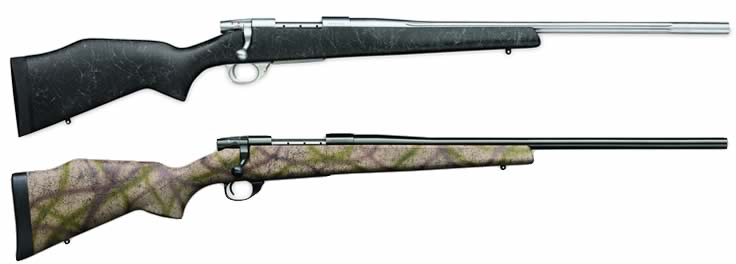

Anyways, It turned out alright as this rifle supposedly is the fastest Lever Action 22 LR out there. Pity that I can never find one for sale! I guess that tells you something about it qualities.
This gun has a locked-breech lever action, with a short stroke of only about thirty degrees. It was introduced by Remington Arms in 1962 and discontinued in 1965.
Approximately 26,927 of these rifles were made, and they originally retailed for $59.95.
Two grades of this rifle were available: The Nylon 76AB Apache Black (approximately 1600 were made of this type), and the Nylon 76MB Mohawk Brown.[1] The Remington website states that there was a “standard” grade, but through correspondence with Remington, it was determined that this was a typo.[citation needed]
This rifle is chambered for a .22LR and has a tubular magazine that opens at the rear of the stock and holds 14 rounds.




This is one of the few surviving 50 caliber rounds look like

All in all, it’s a pretty cleverly designed gun considering the conditions it was built under. Here below is a video about it!
Grumpy